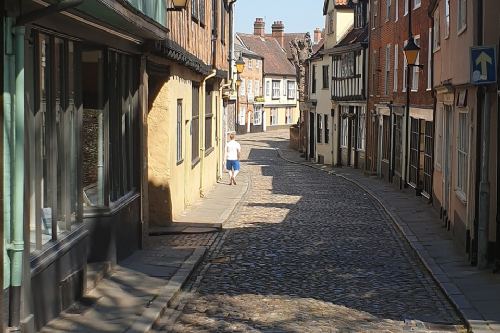Making historic buildings greener

As historic buildings continue to change and evolve, they need to contribute to a greener future and be fit for purpose for the people who live in, experience and care for them.
If done thoughtfully and carefully, changes to historic buildings can achieve the complementary goals of protecting our heritage and adapting to climate change.
Keeping historic buildings in use through sensitive repair, maintenance, and adaptation can help reduce carbon emissions, reliance on fossil fuels, and energy costs.
Historic England has produced new advice to provide clarity and support consistent decision-making for proposals to reduce carbon emissions and improve the energy efficiency of historic buildings while conserving their significance and ensuring they remain viable places to live in the future.
Adapting Historic Buildings for Energy and Carbon Efficiency has now been published.
While the advice, which reflects current national planning policy, is mainly for a specialist audience, including architects, it will also be helpful to building owners and occupiers.
It provides advice on which permissions, such as listed building consent, are needed for some of the common changes required to decarbonise and improve the energy efficiency of historic buildings
It also aims to assist local planning authorities – and other parties involved in the planning process – in determining proposals to decarbonise and improve the energy efficiency of historic buildings to enable positive climate action.
Some typical building adaptations in response to climate change impacts are also included.
Key questions for homeowners about listed buildings and homes in conservation areas are also answered, including clear advice on insulation, boilers and heating systems, heat pumps, draft-proofing, replacing or adapting windows, and installing solar panels.
It also dispels some of the myths around what action can be taken if you live in a listed building or conservation area.
Ian Morrison, director of policy and evidence at Historic England, said: “This Advice Note demonstrates how the sustainable use and reuse of our historic buildings can help address the impacts of climate change.
“It provides clear advice to local planning authorities, heritage consultants and those involved in the planning process, alongside building owners and occupiers, to ensure England’s historic buildings are adapted appropriately to respond to the climate crisis.”